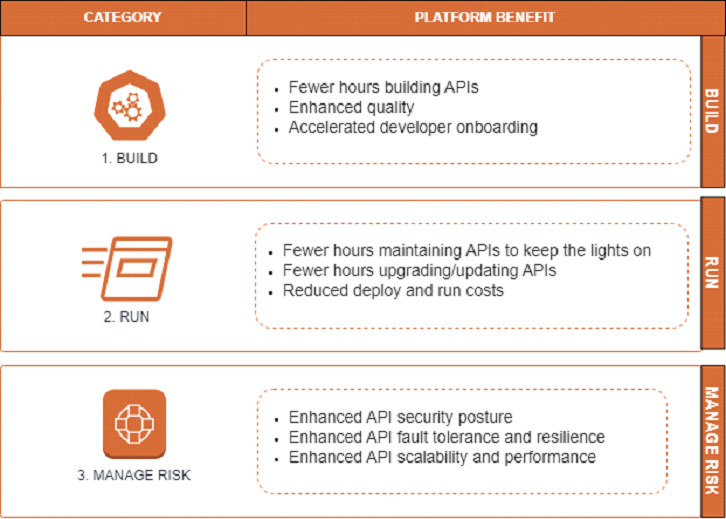Digital transformation has redefined the expectations placed on IT teams, forcing them to adapt to an ever-changing landscape. The demand for seamless customer experiences, AI-driven insights, and automation is at an all-time high. Yet, while project workloads grow exponentially, IT must balance enabling emerging technologies with maintaining daily operations. This balancing act is further complicated by challenges such as skill gaps, disconnected systems, and stringent compliance requirements.
The New Reality of IT in Digital Transformation
In today’s digital-first world, IT leaders must navigate rising expectations while tackling persistent challenges. A recent MuleSoft survey found that 87% of IT leaders agree the nature of digital transformation is changing. Despite this acknowledgment, 95% of organizations struggle to integrate AI with their existing systems, and 79% cite security concerns as a significant roadblock. Furthermore, 66% of automation projects still depend entirely on IT teams, placing immense pressure on already stretched resources.
As AI adoption accelerates, integration and security concerns emerge as the most significant barriers. Integration, however, is not merely a solution—it’s the backbone of digital transformation. Organizations that can seamlessly connect their data, applications, and systems gain agility, accelerate project delivery, and adapt to shifting customer needs more effectively.
The Case for Integration in Digital Transformation
Integration is the foundation for unlocking the full potential of digital transformation. Seamless integration enables businesses to:
⦁ Accelerate project delivery.
⦁ Respond swiftly to evolving customer needs.
⦁ Adapt to rapid market changes.
A proactive API-led strategy and seamless application integration are critical for overcoming barriers to adopting emerging technologies. Organizations leveraging APIs for transformation not only drive revenue growth but also reduce operational costs. Without robust integration, the benefits of data, AI, and automation remain untapped.
The Importance of a Comprehensive Integration Platform
A common mistake organizations make is embarking on integration projects without proper planning. This can lead to oversight in areas such as scalability, security, and governance. For example, while Azure Logic Apps are a popular integration tool, organizations often adopt them without considering broader cloud architecture and adherence to well-architected principles. Although consumption-based pricing models may seem cost-effective initially, neglecting security and governance needs can result in significant long-term challenges.

Consumer expectations have fundamentally shifted post-pandemic. Customers now demand seamless digital interactions, and businesses must deliver integrated experiences to retain loyalty and remain competitive. The ease with which business customers can switch providers has made integration a critical priority.
By adopting specific integration technologies and strategies, businesses can achieve significant benefits. Integration platforms must align with an organization’s cloud-native strategy and deliver value across three critical areas:
- Build: Enable faster development of integration projects by providing pre-built connectors and reusable APIs, reducing time-to-market.
- Run: Ensure seamless operation of integrations with high reliability, scalability, and availability.
- Mitigate Risk: Minimize IT vulnerabilities by implementing robust security and governance frameworks across endpoints. This also improves the reliability and scalability of the overall IT infrastructure.
Conclusion: Integration as the Cornerstone of Transformation
Integration is no longer optional—it is non-negotiable for organizations striving to lead in the era of digital transformation. By connecting data, applications, and systems seamlessly, businesses can accelerate innovation, reduce operational complexity, and respond to changing market dynamics with agility.
IIT leaders must prioritize a cohesive and scalable technology stack that supports API-led transformation and fosters interoperability. With the right integration platform and strategy in place, organizations can mitigate risks, drive growth, and unlock the full potential of AI, automation, and data-driven insights.
The future belongs to businesses that recognize integration not just as a technical necessity but as a strategic enabler for innovation and competitive advantage.

